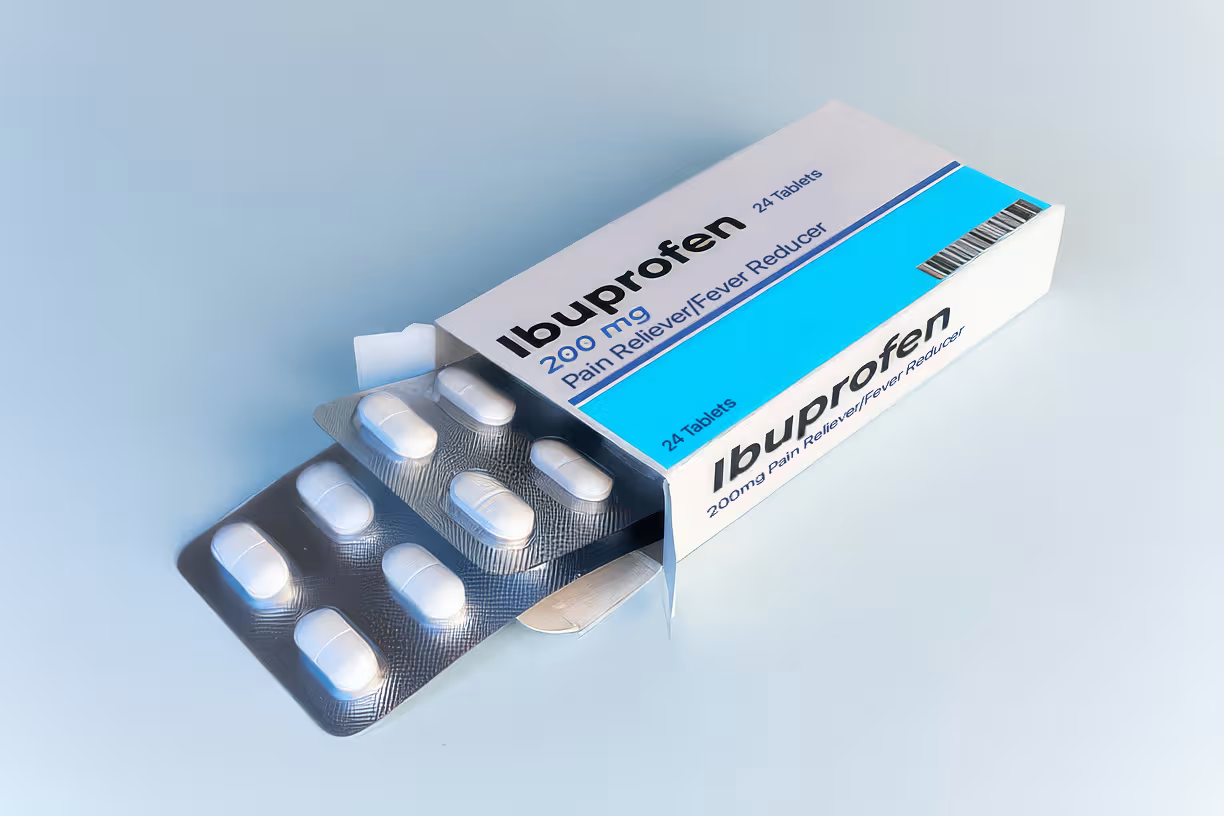
Anaphylaxis is a severe, potentially life-threatening allergic reaction that occurs rapidly, typically within minutes of exposure to an allergen. It can affect multiple body systems and may cause symptoms like difficulty breathing, a rapid drop in blood pressure, hives, swelling, and gastrointestinal issues. Anaphylaxis requires immediate medical intervention, often treated with an epinephrine injection (like an EpiPen), as it can lead to anaphylactic shock and be fatal if not promptly managed. Recognizing and treating it quickly is crucial for preventing serious outcomes.
Symptoms of anaphylaxis:
Immediate treatment with epinephrine is critical if anaphylaxis is suspected.
Anaphylactic shock can last anywhere from a few minutes to several hours, depending on how quickly it's treated. Without prompt medical attention, anaphylaxis can be life-threatening. Epinephrine (administered via an auto-injector like an EpiPen) is the primary treatment and should be given immediately when symptoms appear.
No, you should never try to "sleep through" anaphylaxis. Symptoms can worsen rapidly, leading to unconsciousness or shock. If any signs of anaphylaxis occur, seek emergency medical assistance right away and use an epinephrine injector if available.
Understanding and identifying the symptoms of anaphylaxis early can save lives. If you or a loved one is at risk, proper allergy testing and preventive care are essential.
At our clinic, we offer Alex2 Allergy Testing to help identify your specific triggers, providing you with the knowledge to manage and avoid severe reactions. Take control of your health today—schedule an allergy test and get the answers you need.
Click here to schedule your allergy test.





